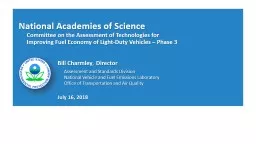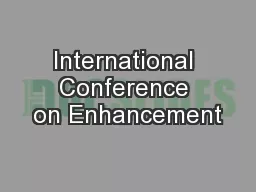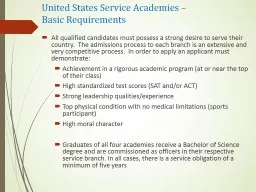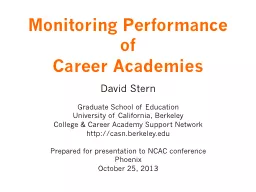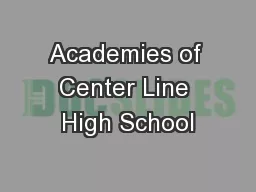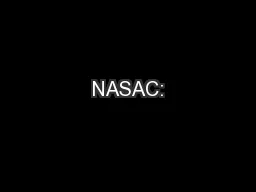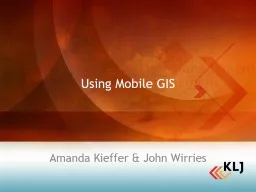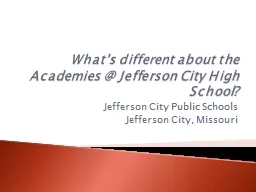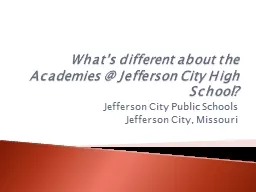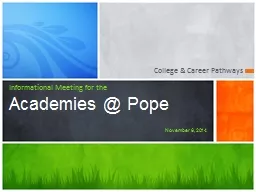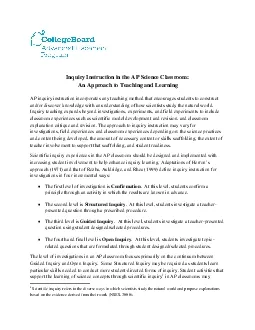PPT-National Academies of Science
Author : pasty-toler | Published Date : 2019-06-21
Committee on the Assessment of Technologies for Improving Fuel Economy of LightDuty Vehicles Phase 3 Bill Charmley Director Assessment and Standards Division
Presentation Embed Code
Download Presentation
Download Presentation The PPT/PDF document "National Academies of Science" is the property of its rightful owner. Permission is granted to download and print the materials on this website for personal, non-commercial use only, and to display it on your personal computer provided you do not modify the materials and that you retain all copyright notices contained in the materials. By downloading content from our website, you accept the terms of this agreement.
National Academies of Science: Transcript
Download Rules Of Document
"National Academies of Science"The content belongs to its owner. You may download and print it for personal use, without modification, and keep all copyright notices. By downloading, you agree to these terms.
Related Documents

